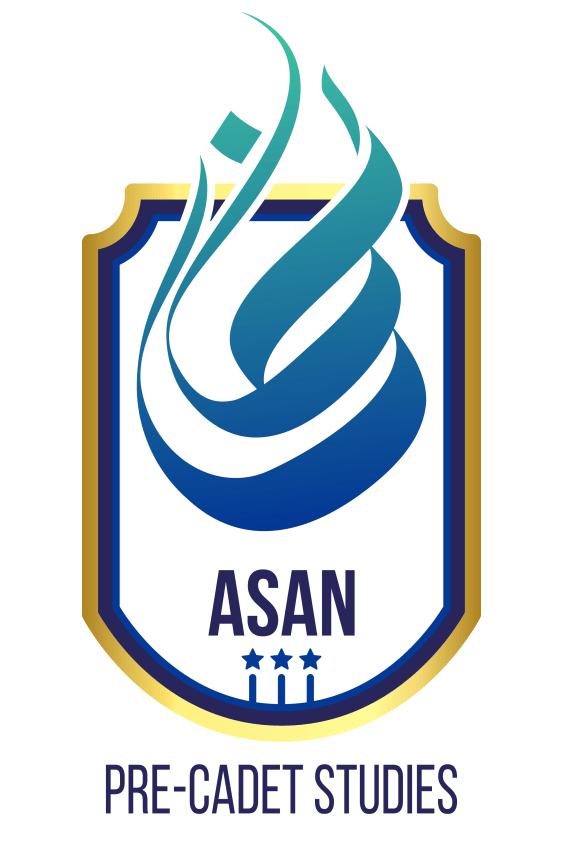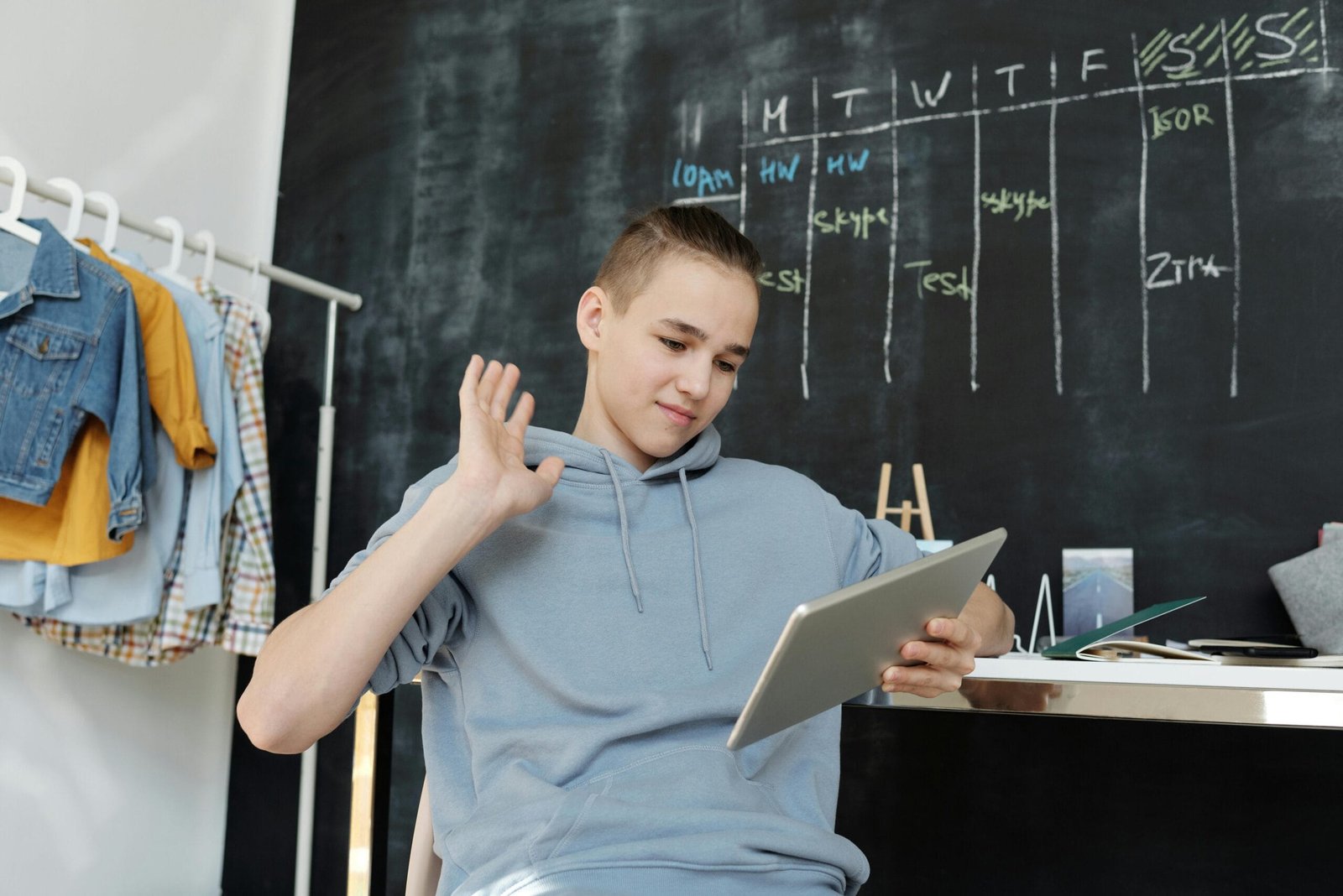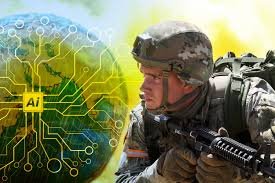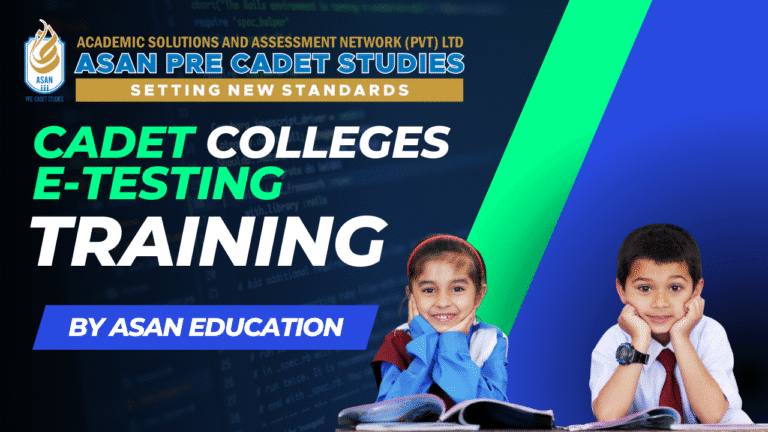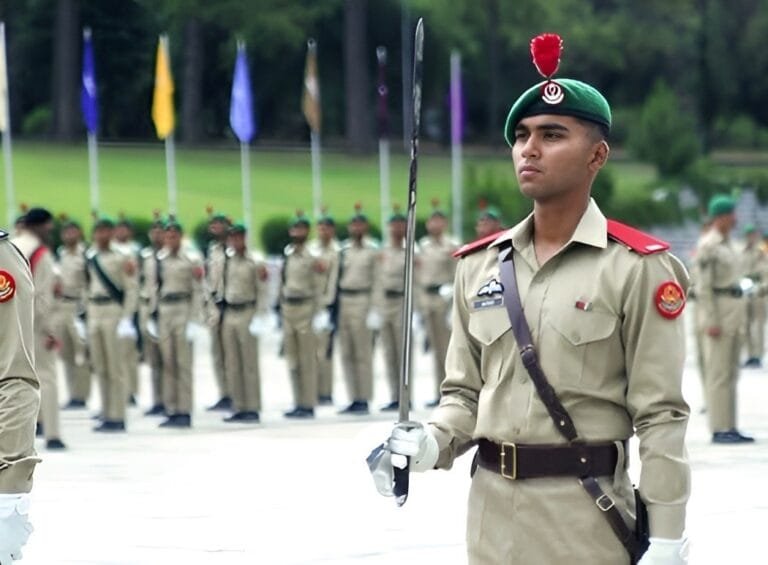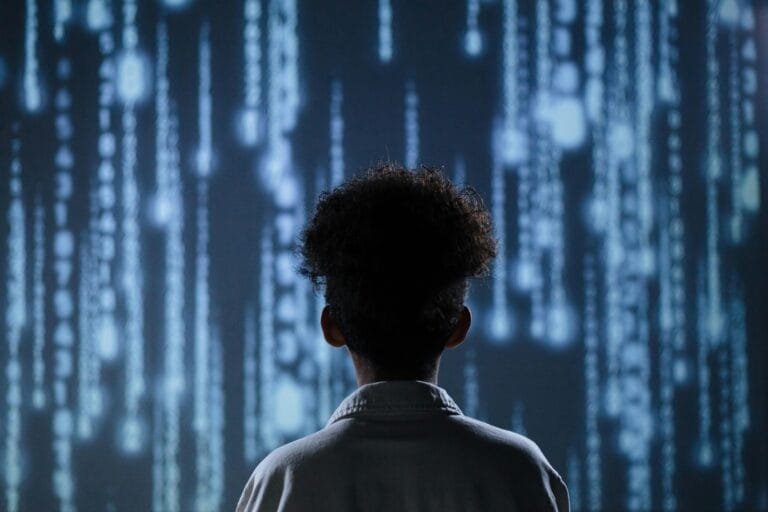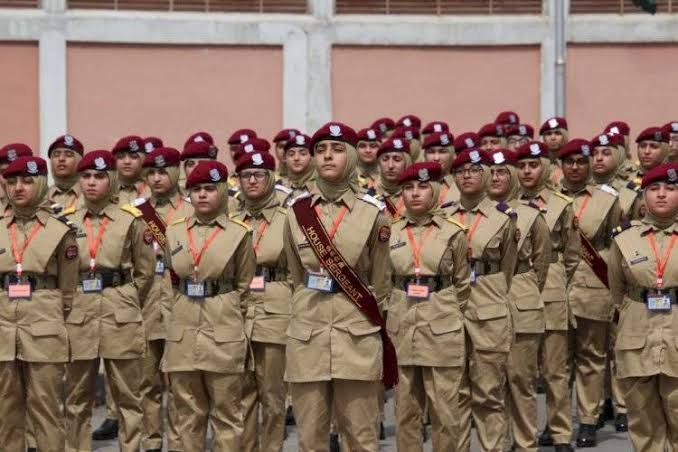From Chalkboards to Chatbots: The Evolution of Learning
The way we learn has transformed dramatically over the past century. What began with chalk and slate has now evolved into a world of digital platforms, personalized AI tutors, and real-time global collaboration. As technology advances, so too does education—adapting to meet the needs of modern learners.
Chalk and Talk: The Traditional Classroom
For decades, the image of education was simple: a teacher at the front of a classroom, chalk in hand, delivering knowledge to rows of attentive students. This model prioritized memorization, uniformity, and discipline. While effective in its time, it offered limited flexibility or engagement for diverse learning styles.
The Digital Turn: Computers and Internet Access
The late 20th century brought a revolution. Computers entered classrooms, and with them came multimedia presentations, typing lessons, and early e-learning platforms. The internet opened access to a world of information, transforming teachers into facilitators and students into self-driven explorers of knowledge.
Online Learning and Virtual Classrooms
By the 2010s, e-learning platforms like Khan Academy, Coursera, and Zoom redefined the boundaries of education. Students could now learn from anywhere, at any time. COVID-19 only accelerated this shift, pushing schools worldwide to embrace virtual classrooms. Learning became flexible, multimedia-rich, and increasingly personalized.
Enter AI: Chatbots and Smart Tutors
Today, artificial intelligence is reshaping education once again. AI-powered chatbots provide instant answers to student queries, simulate real-time tutoring, and help teachers manage administrative tasks. Tools like ChatGPT, Duolingo’s AI coach, and personalized learning algorithms cater to individual progress, making education more adaptive and inclusive than ever before.
Challenges and Opportunities
Despite its potential, tech-driven learning isn’t without challenges. Access to devices, internet connectivity, and digital literacy can create barriers. Yet, the opportunity for lifelong, personalized, and accessible education for all has never been more achievable. The key lies in blending traditional values with modern tools.
From dusty chalkboards to intelligent chatbots, the evolution of learning is a testament to human adaptability and innovation. As we move forward, the focus must remain not just on the tools we use—but on making education meaningful, inclusive, and inspiring for every learner, everywhere.
